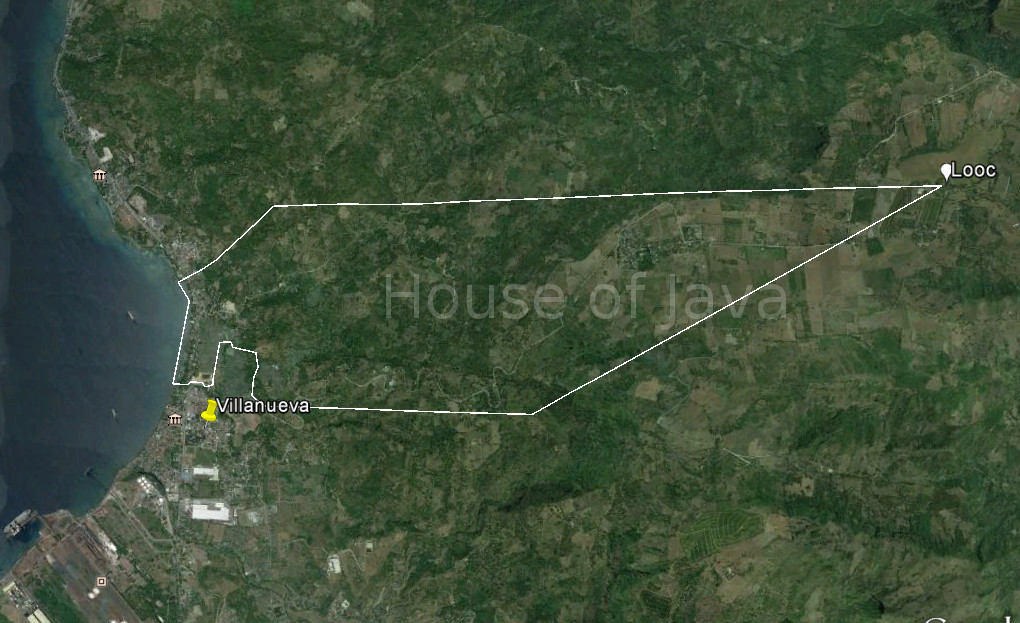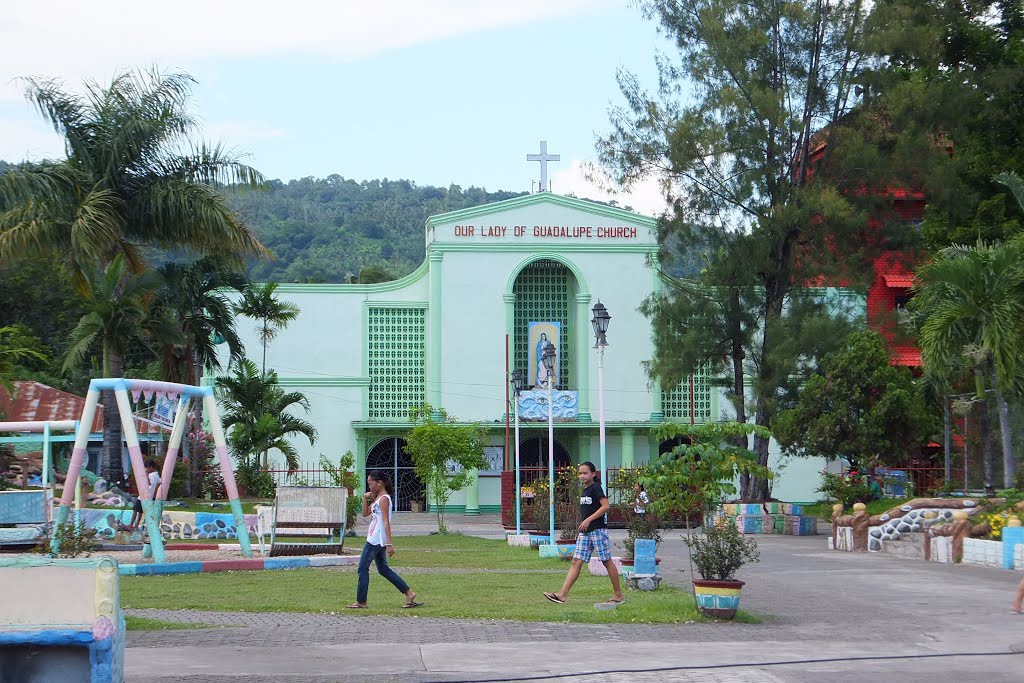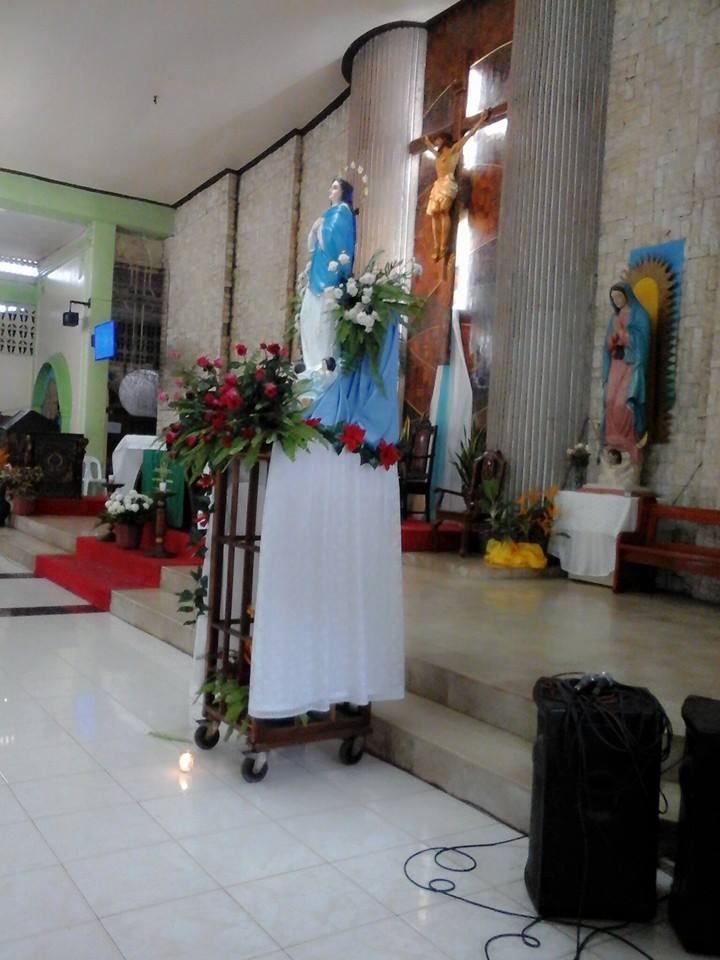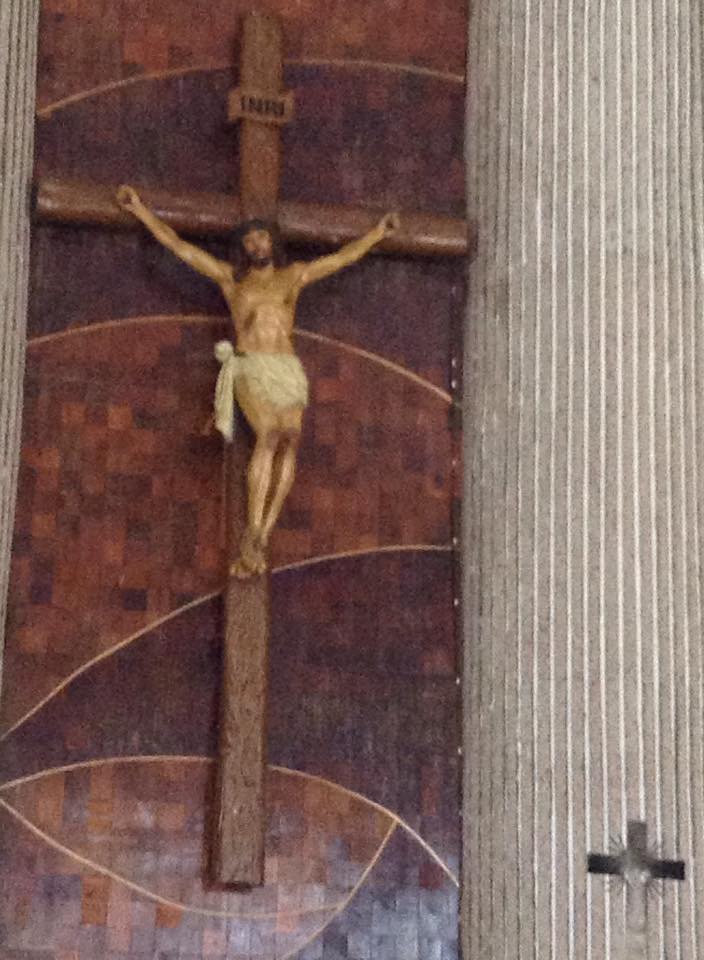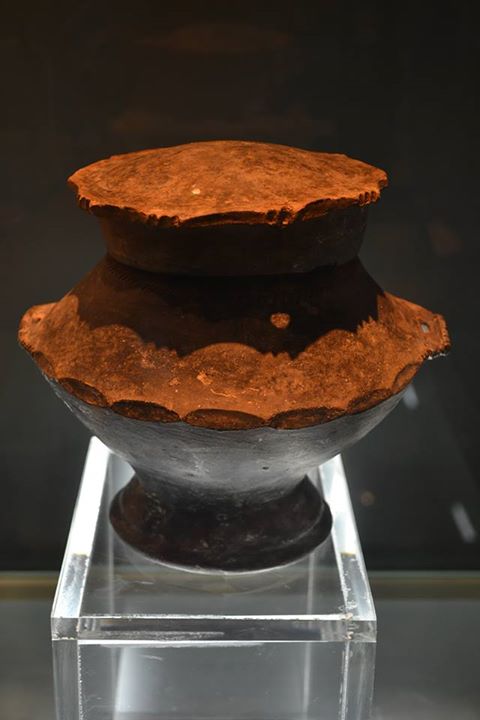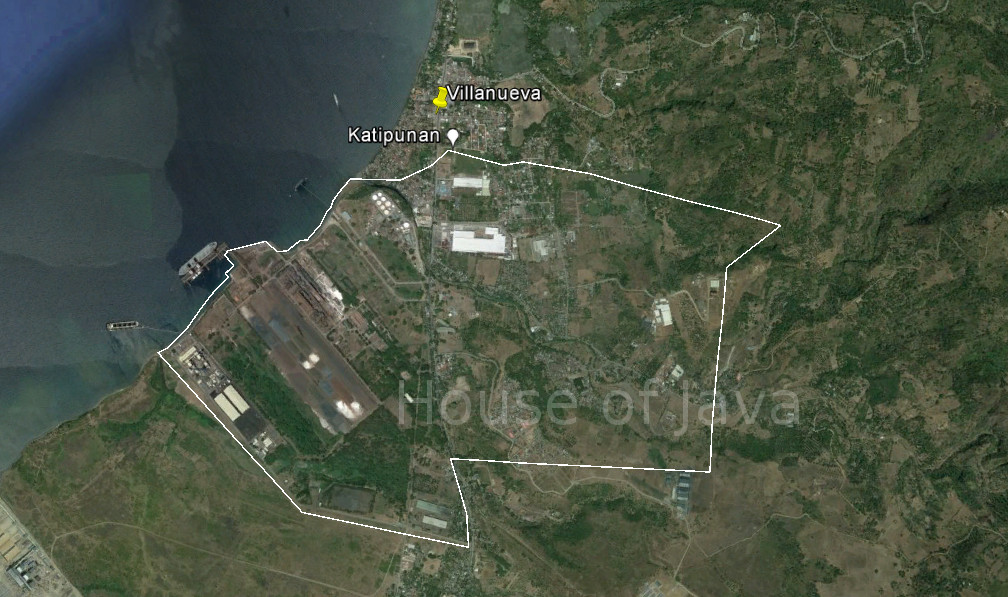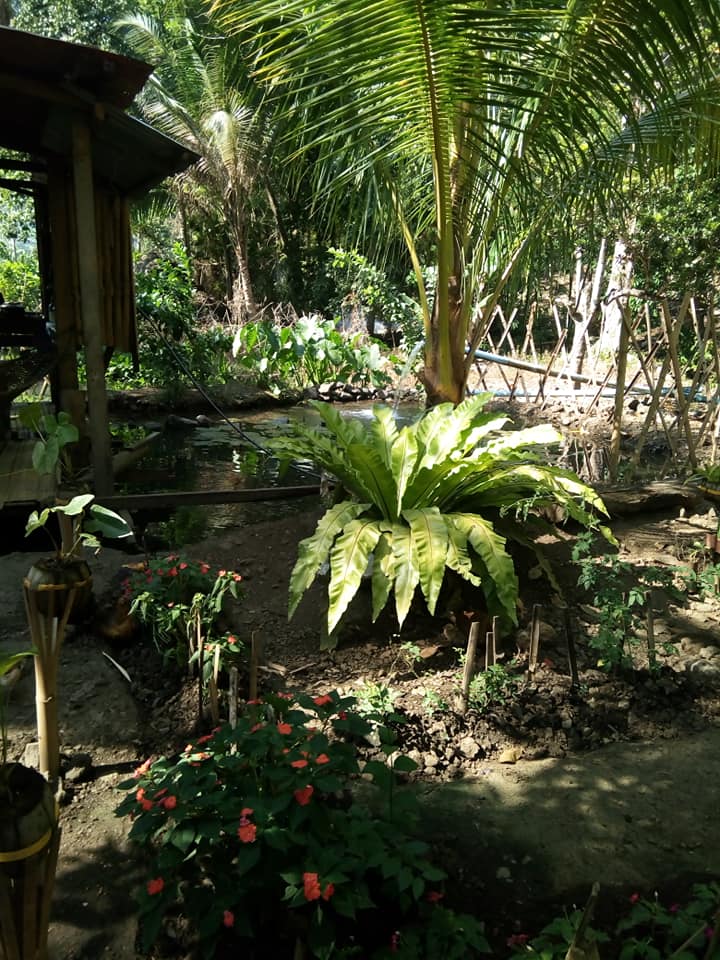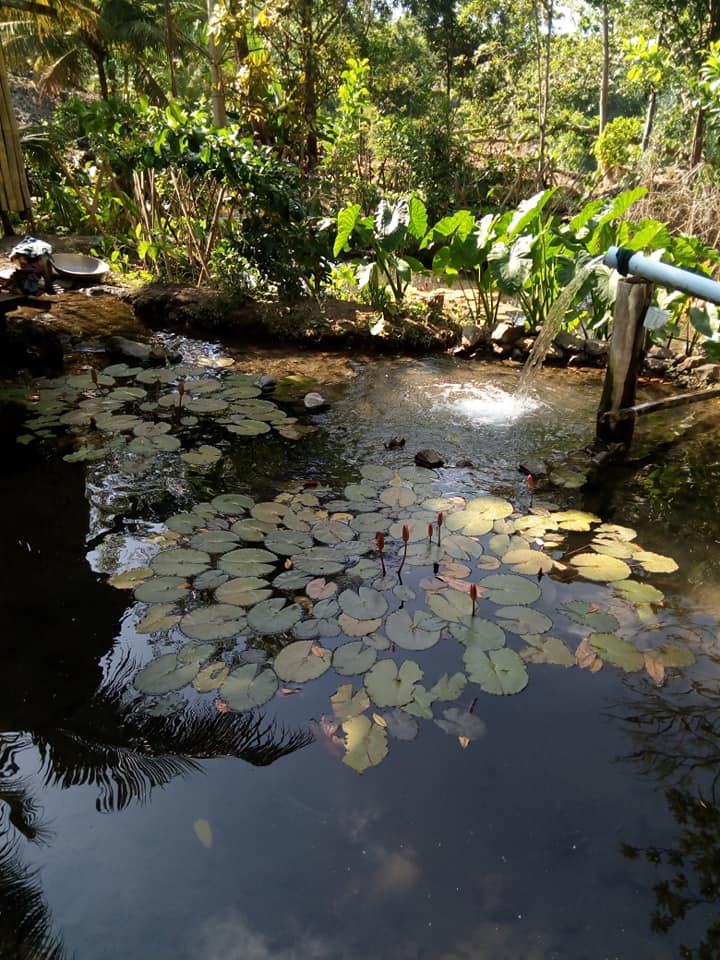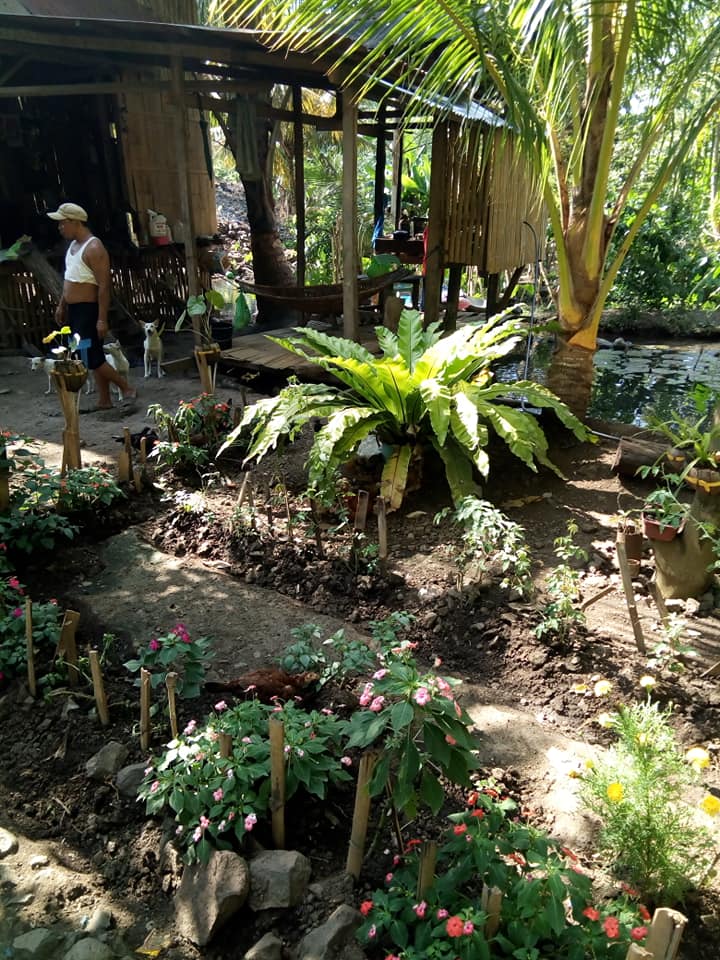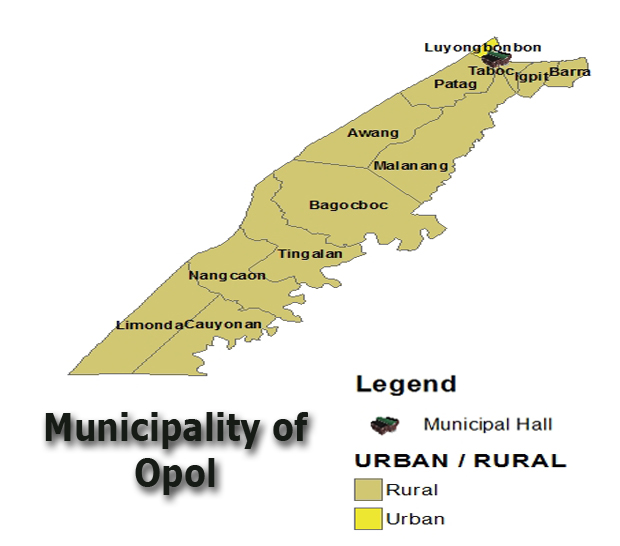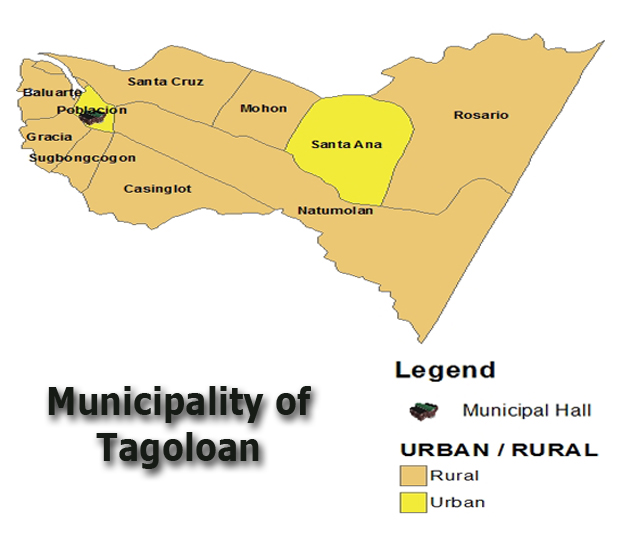The Municipality of Opol was once an uninhabited wilderness during the pre-Spanish time, until one group of Boholanos, lead by a Datu, migrated to the place. They settled in the area now known as Barangay Bonbon, where they planted different crops for their livelihood. One of the widely cultivated and most abundant crop was white squash or “opo”. Inhabitants from nearby villages came to the area to buy the famous “opo”, until the place became popularly known as “opo”. Due to slip of the tongue, most of the inhabitants began referring to the place as “opol”. Thus, from then on, the place has been called “Opol”.

Upo (White Pumpkin)
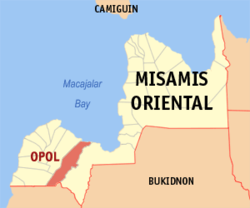
Opol is a second class municipality in the province of Misamis Oriental, Philippines.
Opol was created from the barrios of Opol, Igpit, and Lower Iponan, formerly part of Cagayan de Oro, by virtue of Republic Act No. 524, approved June 15, 1950.
The municipality is gradually becoming more urbanized, as a result of local population growth and the expansion of nearby Cagayan de Oro City. Historically, Opol was a more rural area focused on agriculture and fishing.
Website:
Landline: 75-4004
Mobile: 09188899977
Municipal: Opol
Barangays: 14
Address:
Email:
Save
